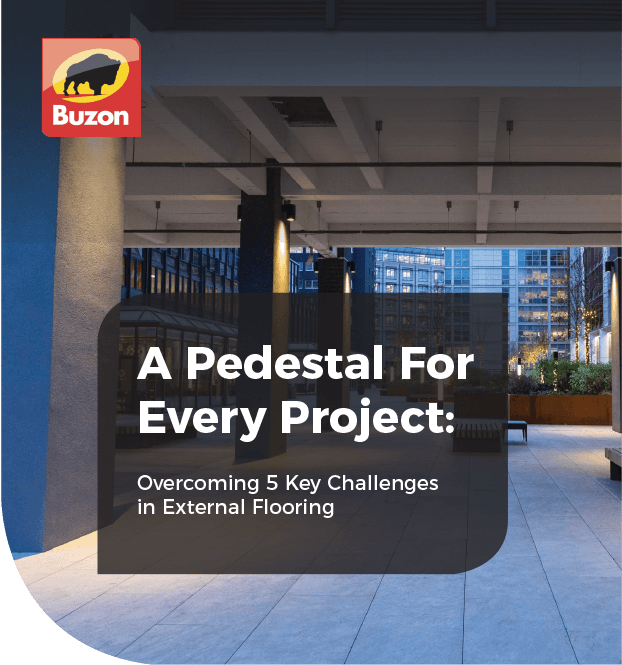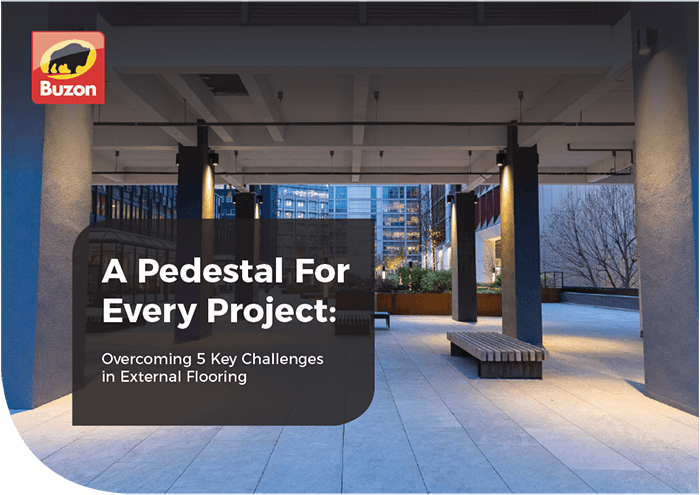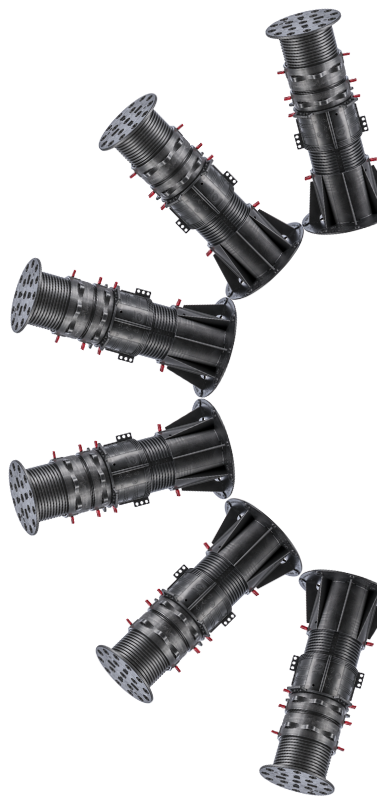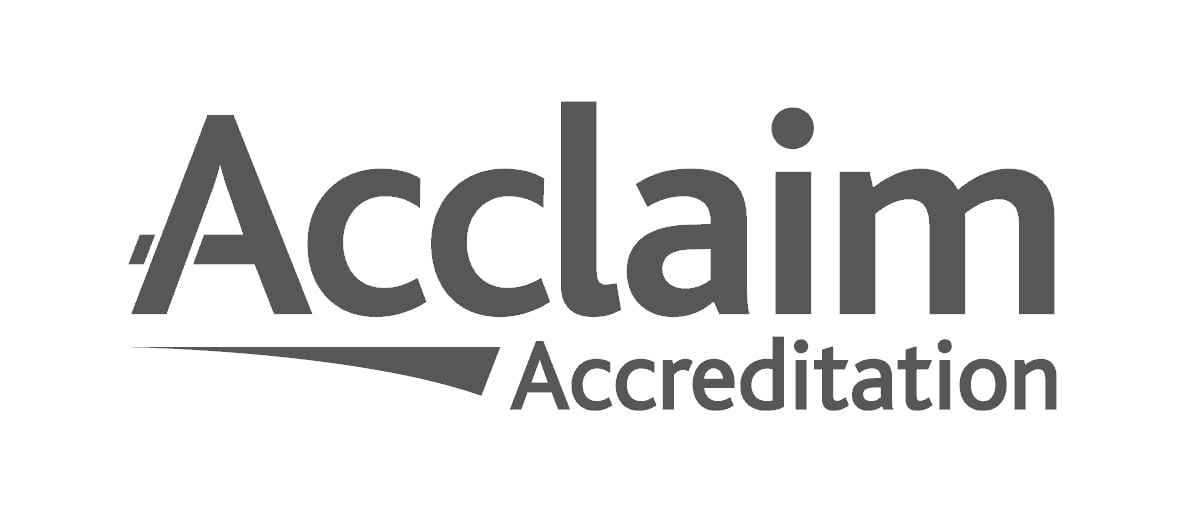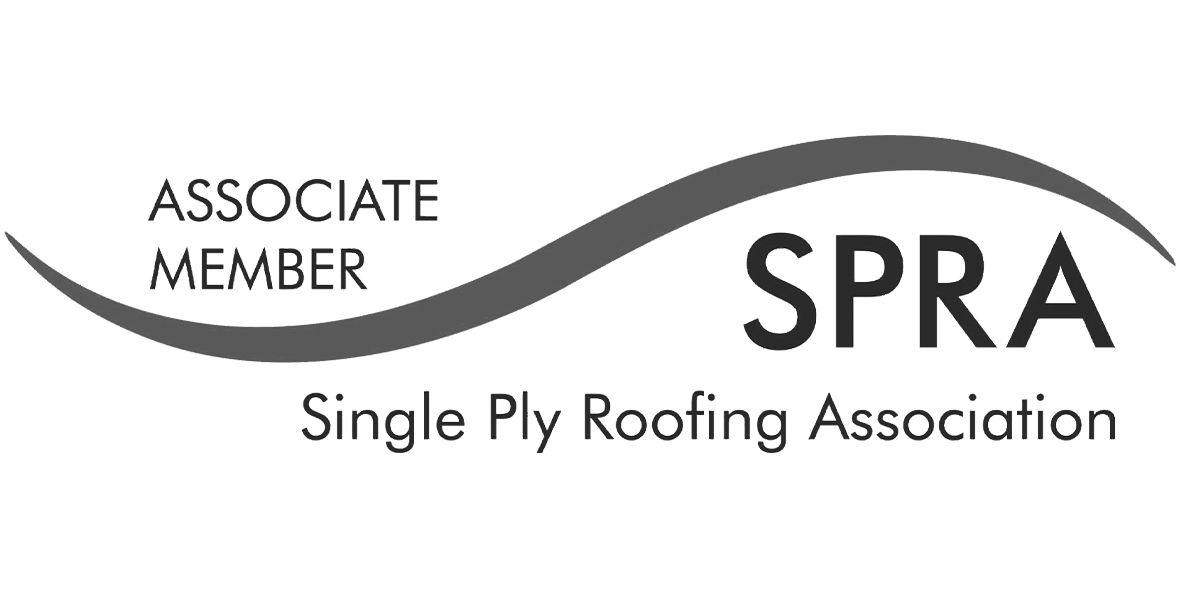A key focus for the construction industry is to make buildings more sustainable and energy efficient. Currently, buildings are responsible for 39% of global energy related carbon emissions. Operational emissions (the energy needed to heat, cool and power them) accounts for 28% of this figure. So, reducing these emissions is vital in tackling climate change.
One way to do this is by decarbonising buildings – particularly older housing stock. This can be achieved through retrofitting, which takes a ‘fabric-first’ approach. A fabric-first approach looks at maximising the performance of the components and materials that the building is made of – this is essential in upgrading existing homes and buildings to make them more energy efficient. Retrofitting plays a crucial part in helping the UK achieve its net zero target by 2050.
Here’s why you should consider retrofitting:
1. Reduces carbon emissions
A reduction in carbon leads to more energy efficient homes and buildings. Currently, over 13 million homes in England are below the Energy Performance Certificate (EPC) standards, and over a quarter of the UK’s commercial buildings are not prepared for the proposed 2027 C-rating target standard for energy performance. In order to help make the current stock more energy efficient, they can be retrofitted using low carbon products, materials with recycled content, or even re-using building materials.
2. Energy savingsA reduction of carbon emissions will lead to energy savings. Surprisingly, UK homes are responsible for 26% of total emissions on a residency basis. Making changes to the building fabric by installing better insulation in walls, or retrofitting ageing roofs to significantly reduce heat loss will improve thermal comfort for occupants and bring the cost of utility bills down.
3. Improves the building fabric
Retrofitting a building increases its longevity and can rectify potential long-term issues such as structural problems, ensuring overall safety and durability. Especially in ageing roofs, which are more prone to the natural elements. Improvements can be made through the installation of modern ventilation and heating systems, draught proofing, and insulation. Additionally, retrofitting a building in line with current standards not only brings it up to speed with the latest codes and regulations, but helps get it future-ready. Retrofitting allows for the integration of smart tech such as energy management systems and smart lighting controls.
4. Improves air qualityImprovements in a building’s fabric can improve the overall comfort and air quality for its occupants. Poor indoor air quality can not only lead to health issues, but also potential problems to the building structure as a result from damp or mould. Retrofitting a property with up-to-date ventilation systems and air filters can improve the overall air quality.
5. Increases property valueAll of the above leads to an increase in property value. As the industry races towards its net zero targets, the demands for more energy efficient homes and offices are increasing. Additionally, changes made to a building can also be more aesthetically pleasing, which makes it more desirable. As a result, the resale value of a retrofitted building rises.
Starting at the top
Retrofitting the building envelope is one of the major strategies in making a building more energy efficient and to bring it up to speed with current Building Regulations whether in the form of fire regulations such as BROOF(t4), or meeting environmental regulations such as Biodiversity Net Gain and Urban Greening Factor.
In these cases, the roof plays an important part. A flat roof is where modern ventilation systems and ducting are likely to be located, particularly with multi-story residential and commercial buildings, and installing a green roof system will help combat climate change by saving energy and encouraging biodiversity in the area. Additionally, it provides a vital outdoor communal space.
Why Buzon pedestals are perfect for retrofit
A raised floor will ensure that unsightly elements such as pipework and ducting on your roof are hidden as well as providing a level surface. However, with so many considerations, your chosen pedestal system needs to meet rigorous demands.
Buzon pedestals use recycled and recyclable materials, helping to minimise waste and reduce material and resource consumption. Three of our popular polypropylene pedestal products ranges have been independently assessed by the Cradle to Cradle Products Innovation Institute, achieving Cradle To Cradle Certified at Bronze Level.
These same pedestals can be used as part of BROOF(t4) systems featuring a range of finishes such as Zerodeck, hidden-fix composite decking and 20mm porcelain. Our BROOF (t4) solutions can be used on any roof, for any project – with non-combustible solutions also available.
With an extensive range of commercial-grade pedestals, accompanied by a wide range of accessories, Buzon has a pedestal solution for every project.
Are you ready for a retrofit? Why not to speak to an expert – give us a call on +44 (0)20 8614 0874 or email info@buzonuk.com.

